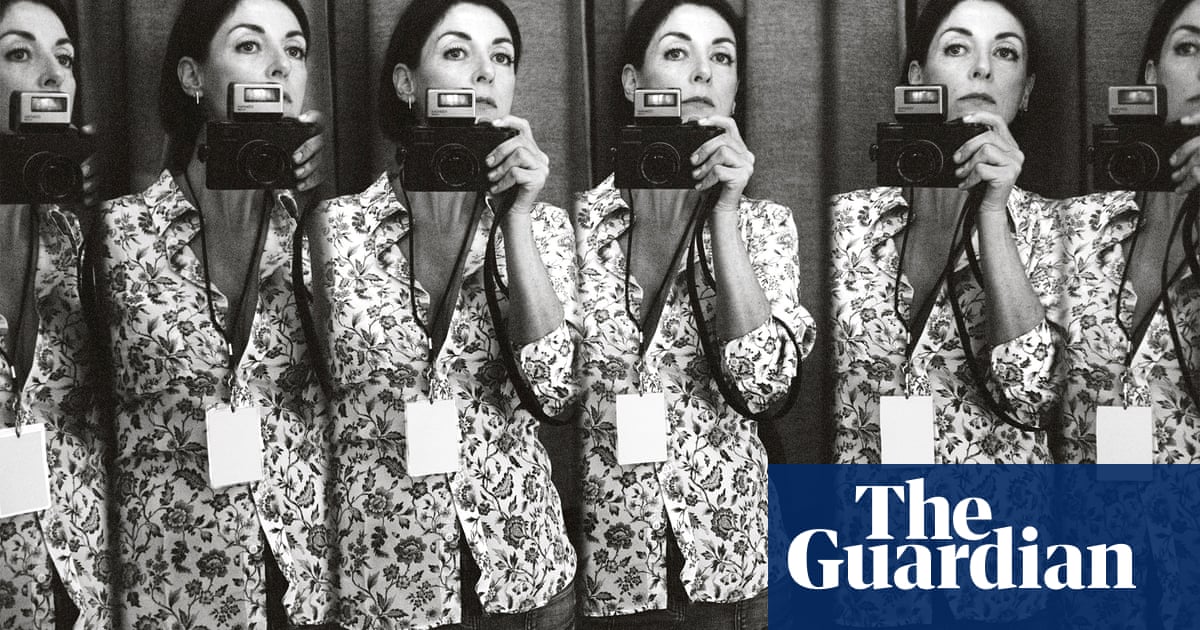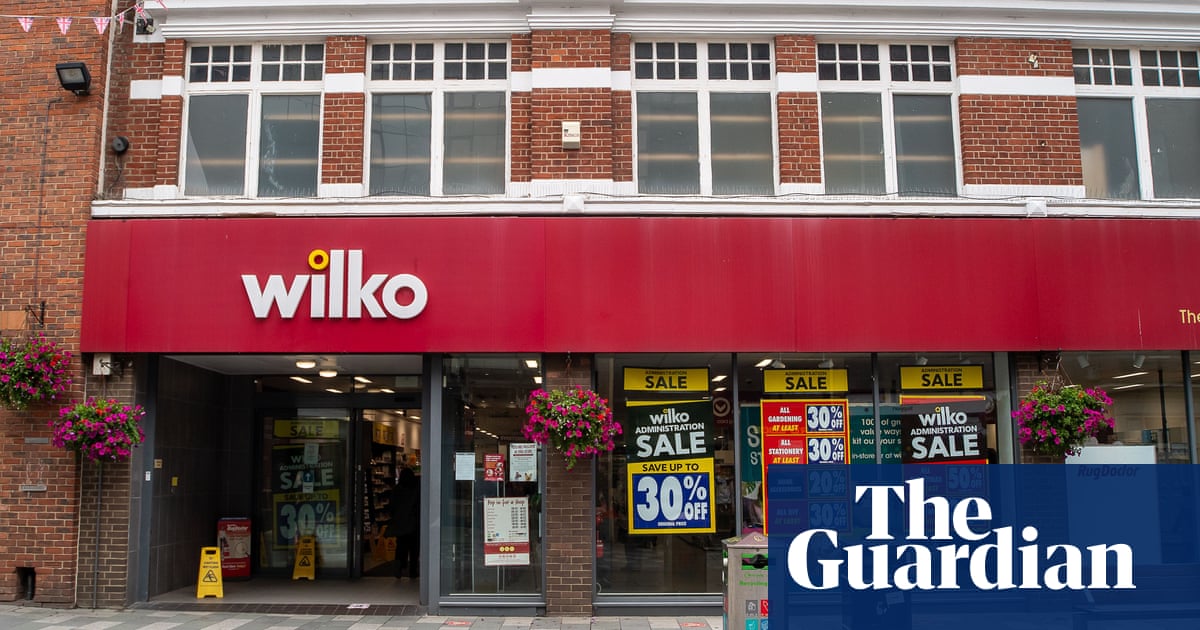
he Victoria & Albert Museum is a strange place to be on this late-February morning. The staircases and deserted hallways echo to my footsteps. A top-floor gallery looks naked, with gaps on the walls and improvised labels where works of art should be. Next to the doors leading to the courtyard, the plaster casts are swaddled in bubblewrap, as if sheltering from the chill.
It isn’t just London’s museumland, of course. Galleries and museums up and down the UK are stuck in suspended animation. Closed along with nearly every public building a year ago, they were permitted to open again in the summer, before having to bolt their doors again a few months later. Places in lower-risk areas stuck it out into December, before succumbing to the latest national lockdowns. According to the latest plans, it will be mid-May at the earliest before we’re able to step inside again.
But what actually happens when museums pull up the drawbridge and pull down the shutters? Do staff just flick off the lights , turn on the burglar alarms and head home? The V&A possesses more than 2.3 million books and artefacts stored across multiple locations. Who’s been looking after them?
The V&A’s deputy director, Tim Reeve, in a corridor somewhere between Fashion and Buddhism, is eager to point out that there’s more going on in the empty building than one might think. Spry in a suit and a William Morris-print mask, he points out the work they’ve been doing while the place is closed: repainted gallery spaces, roof repairs, the former foyer repurposed as a socially distanced cafe.
Reeve halts next to a gleaming new mosaic floor with the pride of a man showing off some lockdown DIY. “We’ve been meaning to do this for years,” he explains. “But it would have meant four months of disruption. There are very, very few silver linings with Covid, but this is one.”
When staff shut the doors on 17 March last year, a week before the UK officially went into lockdown, the assumption was they’d be back in a few weeks, says Vernon Rapley, the museum’s head of security. “We just closed everything up as normal. A bit like Christmas Day.” Rapley, a former Met policeman, actually had a pandemic crisis plan ready to go. Problem was, it wasn’t the right one. “We’d never considered the scenario where government turned round and said, ‘Oh, you’ve got to close.’”
All of a sudden, security were pretty much the only people allowed on site. Among myriad mundane but crucial tasks, guards did everything from assisting the exhibition team to lay out signage, to replacing pest traps and batteries on humidity monitors.
A museum’s primary duty is to care for the objects in its collection; “condition-checking” artefacts is especially important. The security team added this to their skillset, too. “Is that object ‘sweating’, does everything look the same?” Rapley says. “We became mini-technicians. Some of my guys, they hadn’t really had time to look at the objects before.” One day, he came across a guard staring into a case. “He looked really nervous and said, ‘Oh, I’m sorry, I was just looking.’ I said, ‘Absolutely perfect!’”
Security of a more obvious kind was also on their minds. Last March, thieves broke into the coronavirus-closed Singer Laren museum in the Netherlands with a sledgehammer and made off with a Van Gogh. Anxious that the V&A shouldn’t suffer the same fate, Rapley started posting plentiful photos to Twitter, making it clear he and his team were very much in the building. “It’s always good to remind people,” he says.
As soon as it closed, Glenn Benson, the V&A’s senior safety adviser, was feverishly finding ways they could reopen. Making the museum Covid-secure was a gargantuan task. The main V&A building in Kensington covers 12 acres and has seven miles of gallery space, plus more miles of gloomy Edwardian corridors and backstairs rooms. Benson and his colleagues had to account for every inch, assessing ventilation and where hand-sanitiser points and Perspex screens should go, if headsets on displays were safe, what could be cleaned and what couldn’t.
Working from floor plans, Benson’s team calculated how many visitors could be let in, allowing for a two-metre bubble around each and factoring in what they christened the “clutter factor” – what the rest of us refer to as art works. It became clear that only a fifth of normal visitor numbers could safely come in each day – alarming for a museum that derives much income from footfall.
Even trickier was making the V&A’s notoriously cramped backstage areas Covid-safe. “The V&A is a village,” Benson says, explaining that nearly 1,000 people currently work there (even the British Museum doesn’t have so many). “We have workshops, we have cinemas, we have shops, we have cafes, close-contact activities, everything.”
As spring became summer, some of the first to come off furlough were the conservators, who clean, research and restore objects – tasks that, for obvious reasons, can’t be done from home. Senior textile conservator Frances Hartog spent her final hours in the museum last March shrouding delicate silk kimonos in protective coverings and installing pest traps, not knowing when she’d return. When she came back to the studios in July, it was to a world transformed. To minimise contact, her team has been divided into two separate bubbles, working split shifts; she’s also been taking weekly lateral flow tests. “Of course everyone’s anxious, but we all need to take the rules seriously,” Hartog says.
A sculpture conservator, Sarah Healey-Dilkes, adds that, to reduce the number of people on site, everything possible is being done virtually. Instead of objects that have been borrowed from other museums arriving guarded by a “courier” (usually a conservator or other specialist), which was standard practice pre-pandemic, now V&A staff are holding up iPhones as they open crates, so their counterparts can observe remotely.
Others in the V&A team did the same in reverse, surveying the de-installation of a Balenciaga couture loan show at the China National Silk Museum in Hangzhou entirely online. Meanwhile, the exhibition crew have been on endless early-morning video calls with curators in the Middle East, arranging for objects to travel for what the museum hopes will be a grand curtain-raiser when it reopens, a new exhibition called Epic Iran.
“We’re used to finding solutions,” says senior exhibitions manager Claire Everitt cheerfully. “When you’re installing a big, complex show, things are changing all the time. You get good at improvising.”
Hanging over everything, of course, are immense storm clouds. While hundreds of institutions were bailed out by the government’s £1.57bn culture recovery fund, the V&A and other directly funded museums such as Tate and the British Museum were not permitted to apply to the main scheme. Instead, they’ve been waiting on the Department of Digital, Culture, Media & Sport for handouts of up to 25% of their normal grants – a figure that, in many cases, won’t cover the shortfall, even with a top-up recently announced in the budget.
The V&A is in a deep hole, says Reeve. “We depend heavily for our livelihood on visitors, whether it’s joining as a member, buying a ticket, shopping in the shop, signing up for an online course. And we’ve gone from 4 million people a year to 15% of that.” Income is down by something like 70%, he adds. “It’s kind of catastrophic.”
Last September, the V&A announced that it would shed more than 100 jobs, mainly retail and visitor-facing roles, 10% of the overall workforce. A few weeks back, the Guardian reported that some departments were facing cuts of up to 20%. The museum has confirmed that a major curatorial shake-up is under way, redesigning how departments work; the number of jobs that hang in the balance is now 140. Altogether the museum says that it needs to find “sustainable savings” of £10m each and every year, going forward.
“We’ll have to be a smaller organisation,” says Reeve. “There are lots of things we can do to reduce expenditure. But if we’re looking at 500,000 visitors this year, maybe 1 millon next year, it’s not the same as 4 million people.”
Some have raised eyebrows that the museum is still pushing ahead with a grandiose new project, V&A East, a vast “creative campus” and open-storage facility in the Olympic Park in east London. The V&A’s Museum of Childhood is also undergoing a £13m revamp. Other institutions have put expansion plans on ice; in September, America’s Smithsonian Institution cancelled plans to rent part of the same space, blaming the pandemic.
While there are doubts about whether the original opening date of 2023 will be met, Reeve insists that V&A East will not be cancelled. “It’s a commitment we’ve made,” he says, pointing out that much of the funding comes from elsewhere, and they in any case need to vacate their current storage facilities in west London, which the government wants to sell off.
More, though, it’s philosophically important they plough ahead. “It’s about audience,” Reeve says. “It’s the right project in the right place at the right time. I believed that pre-Covid; I think Covid has made that even more the case.”
Others aren’t so sure about the changes. Angered by what they saw as a lack of consultation, one staff member described a “hollowing out [of] the expertise of the museum”, with the loss of conservators and period specialists.
A survey last November reported that six in 10 UK museums were worried about their future; at least 4,000 people are known to have lost their jobs in the museum sector already.
In Britain, the final straw for many has been the government’s decision to pause museum reopening until 17 May – five weeks after non-essential shops (including commercial galleries and libraries). Reeve, ever-buoyant, says having a clear date is “helpful”, but admits it’s “frustrating”.
Crucial as all the behind-the-scenes work they’ve been doing is, the whole point of a museum is that it’s open to the public. “When you work in exhibitions,” says Everitt, “you’re always thinking about the finishing line. We want people again.”












